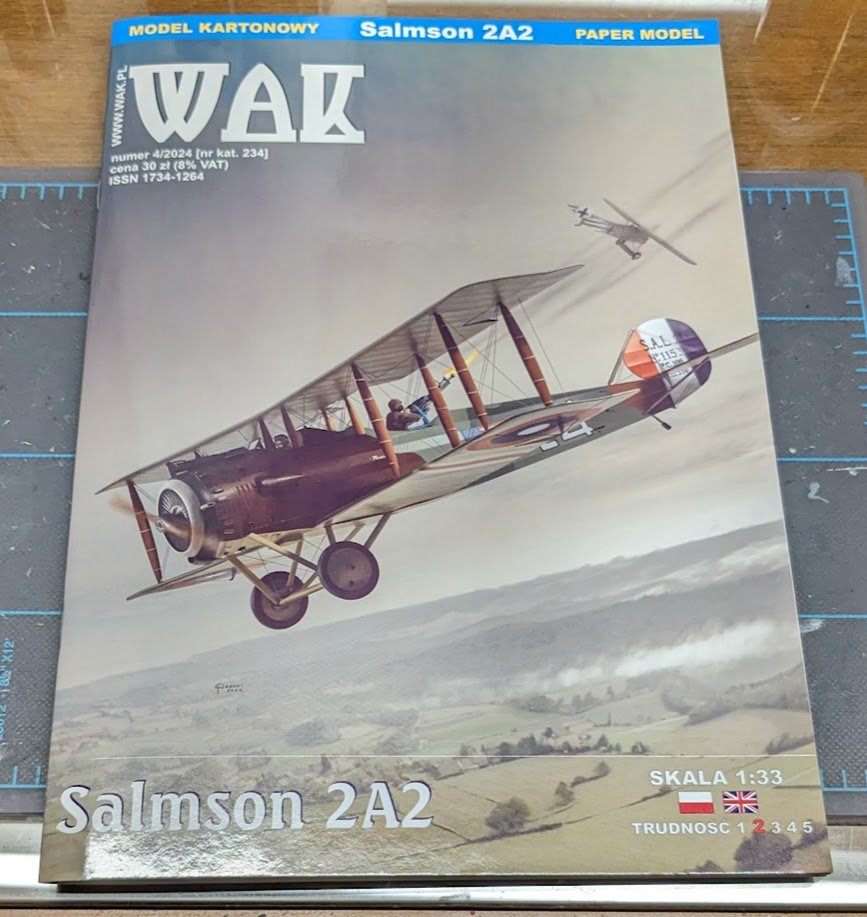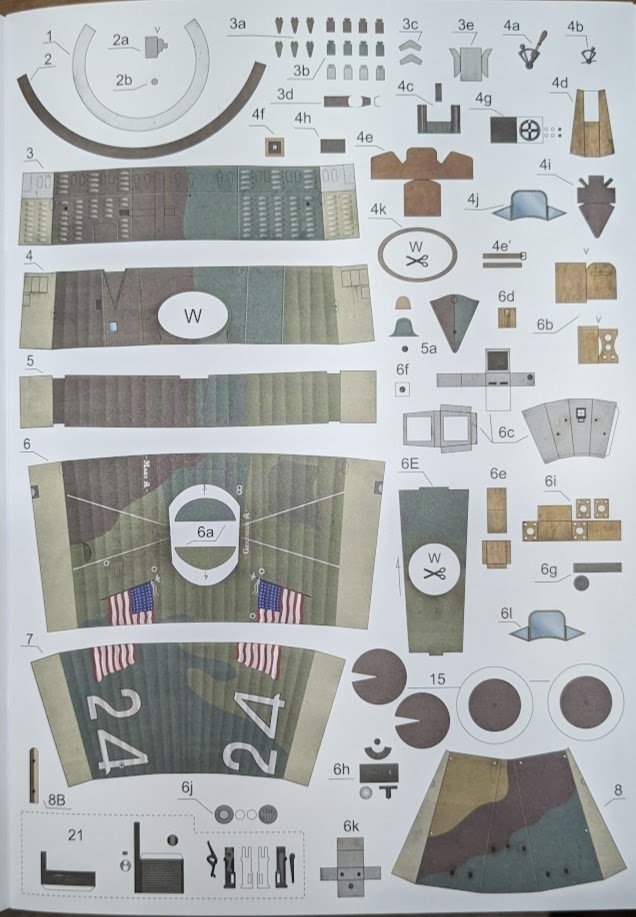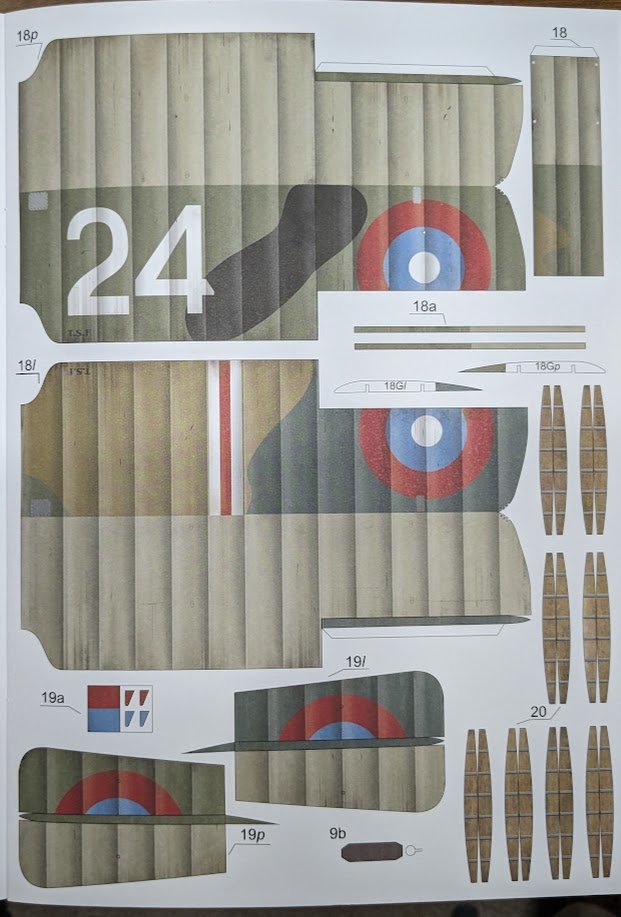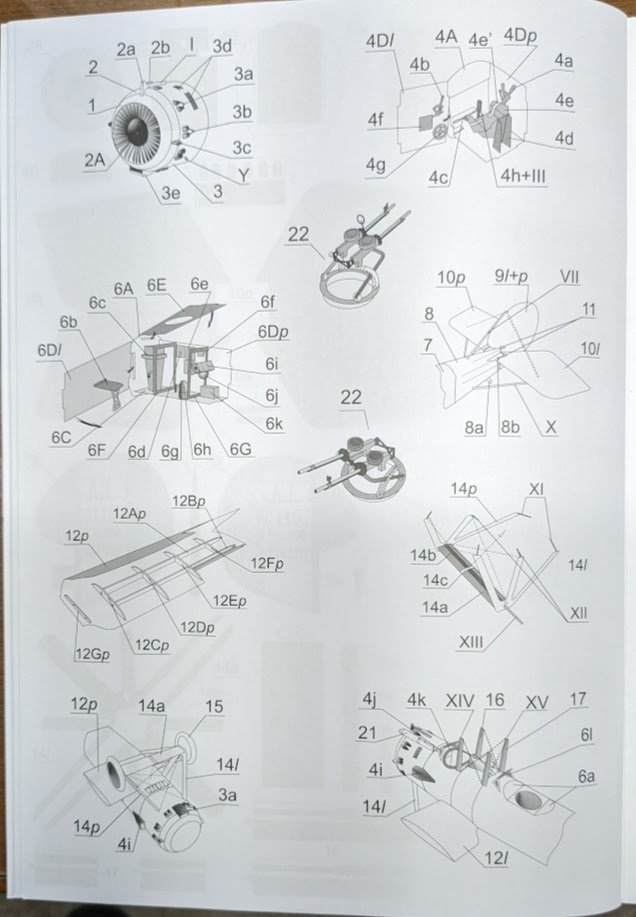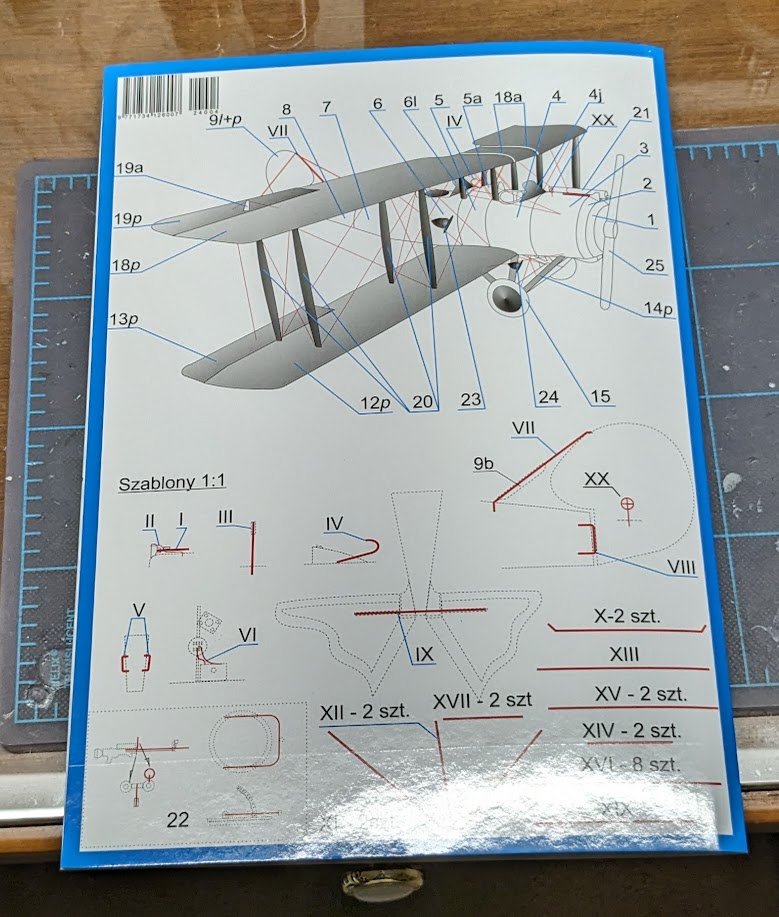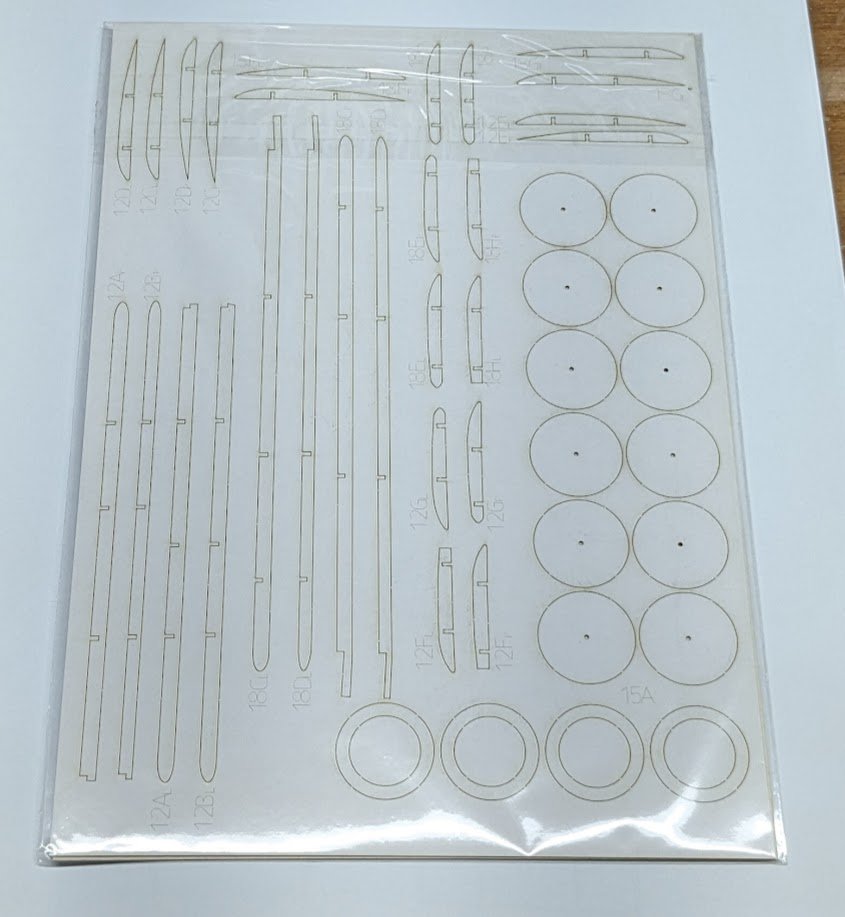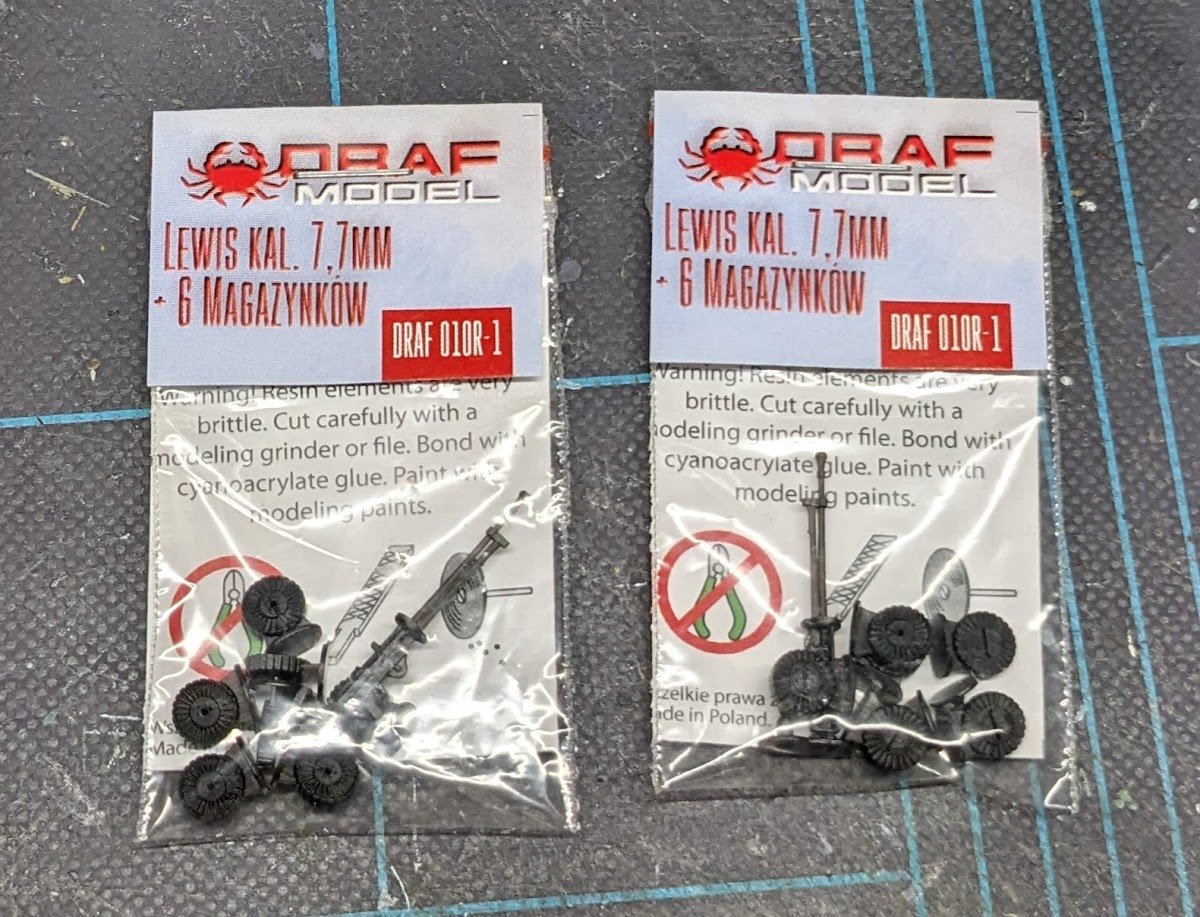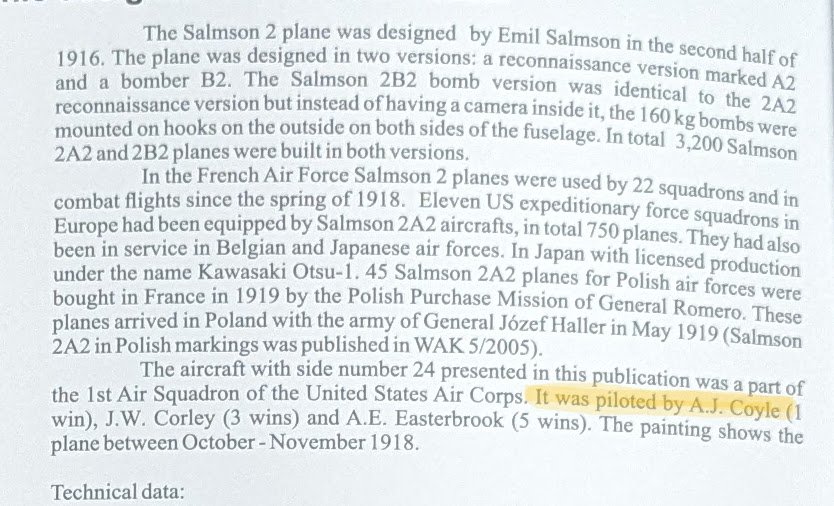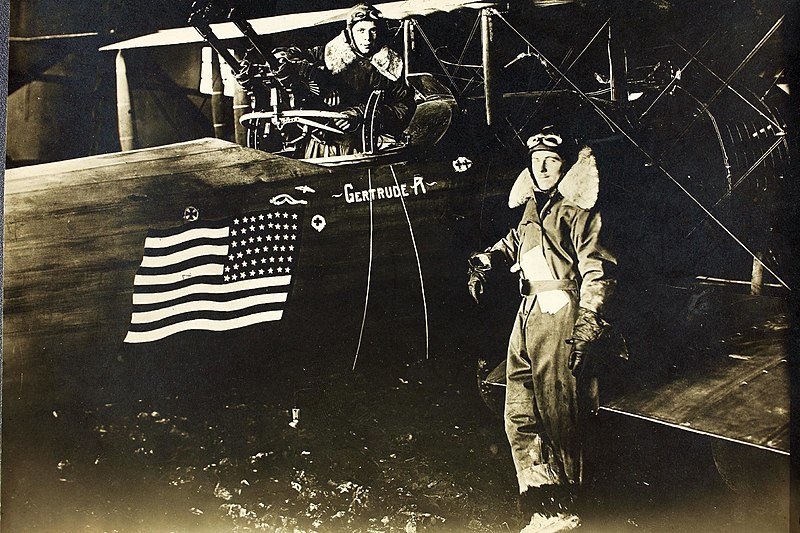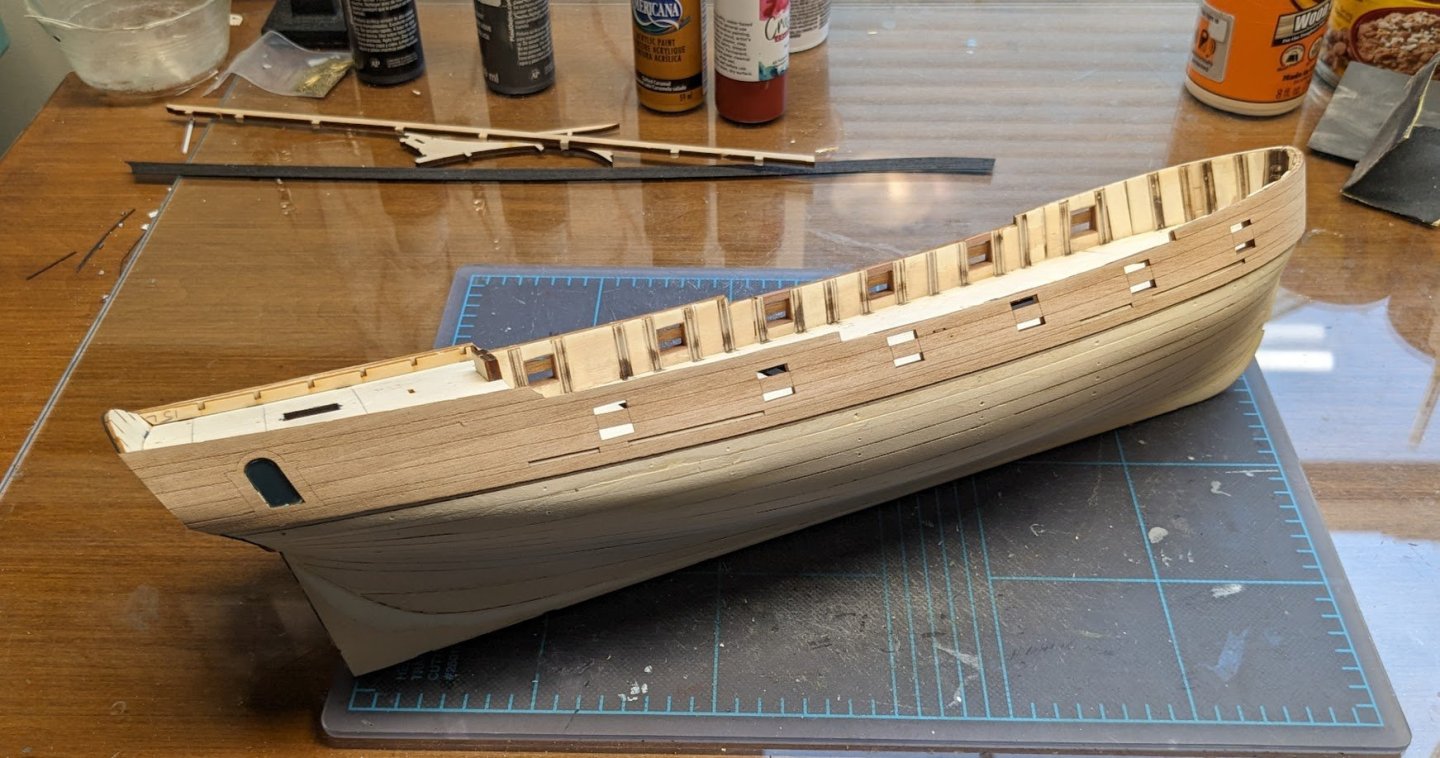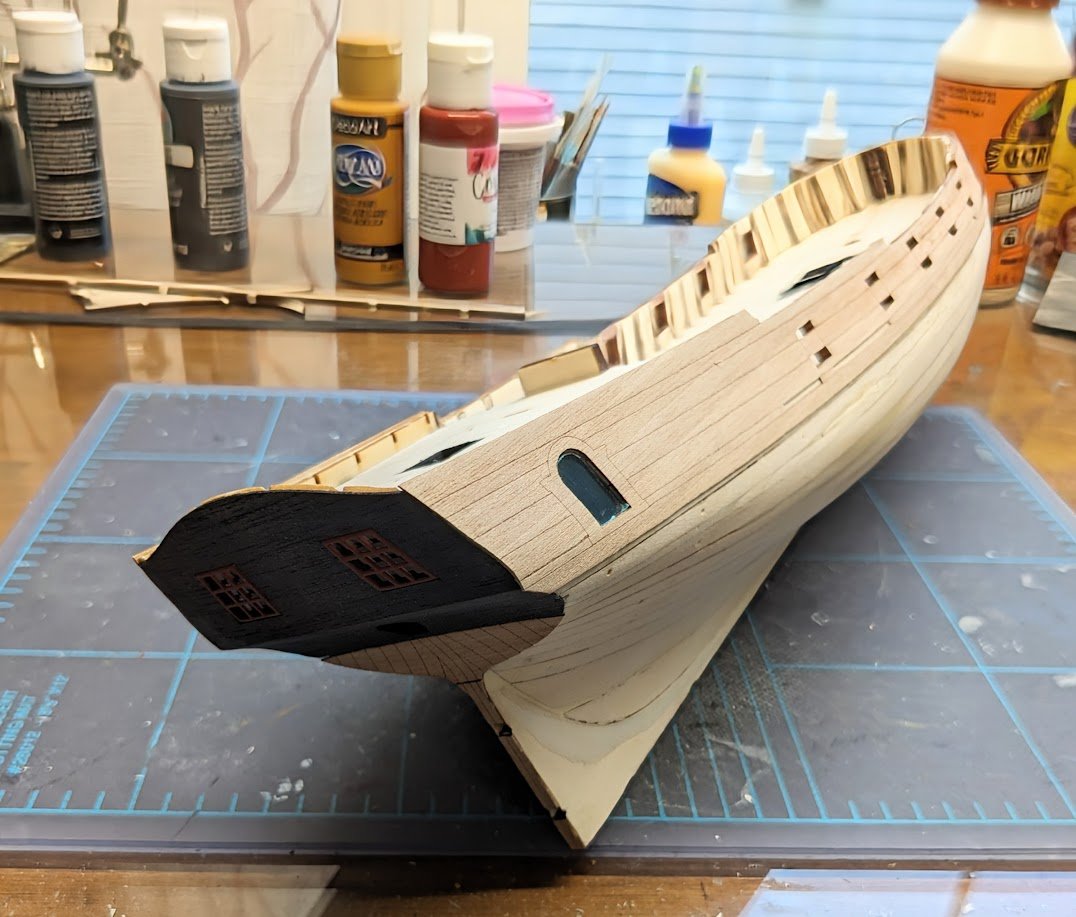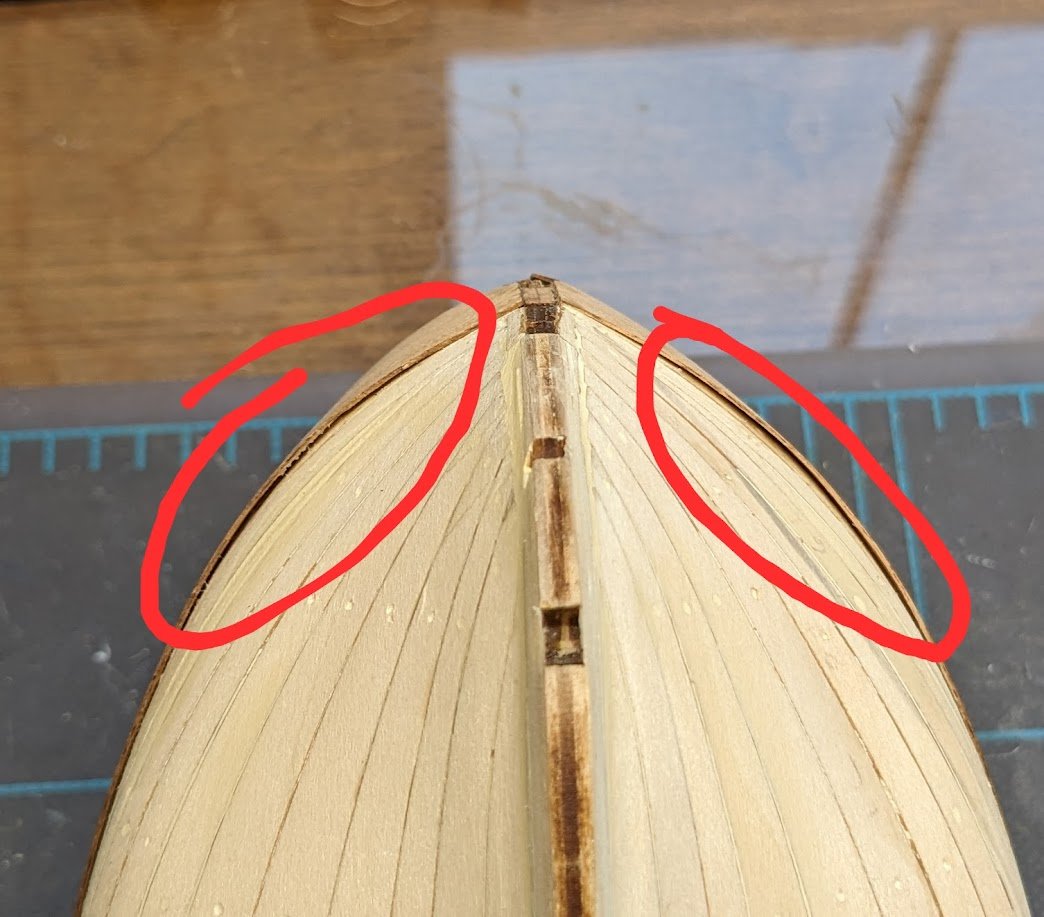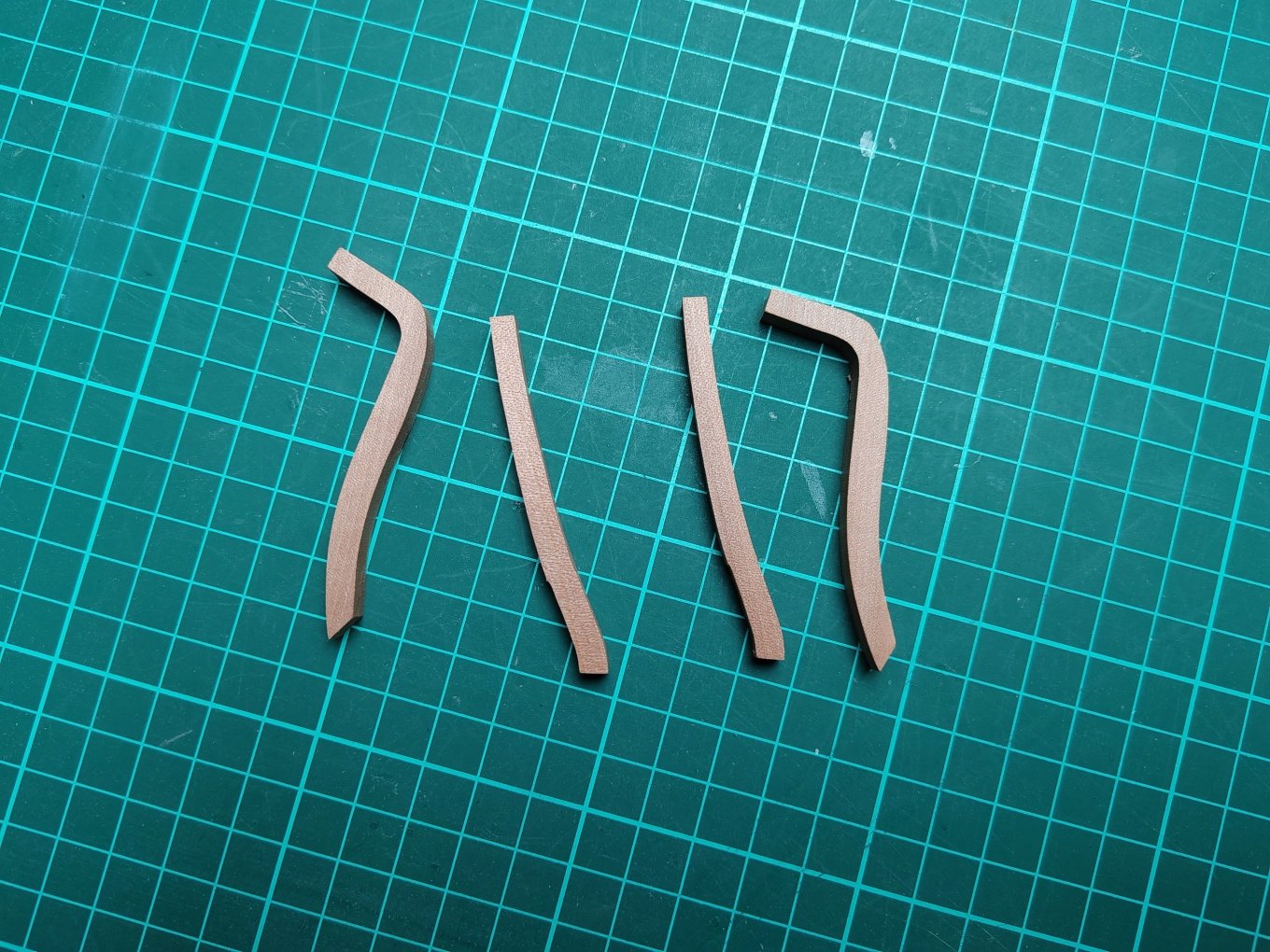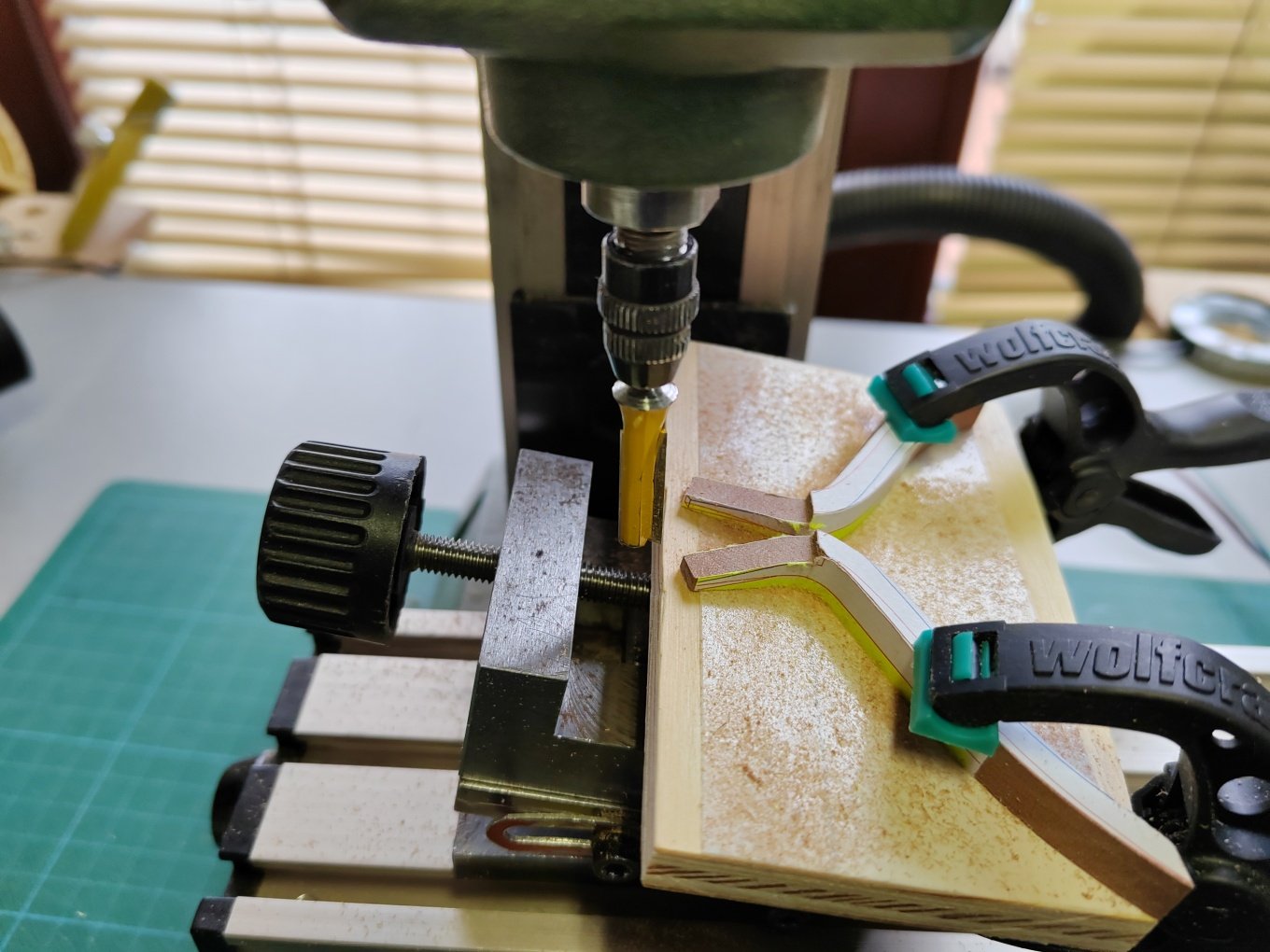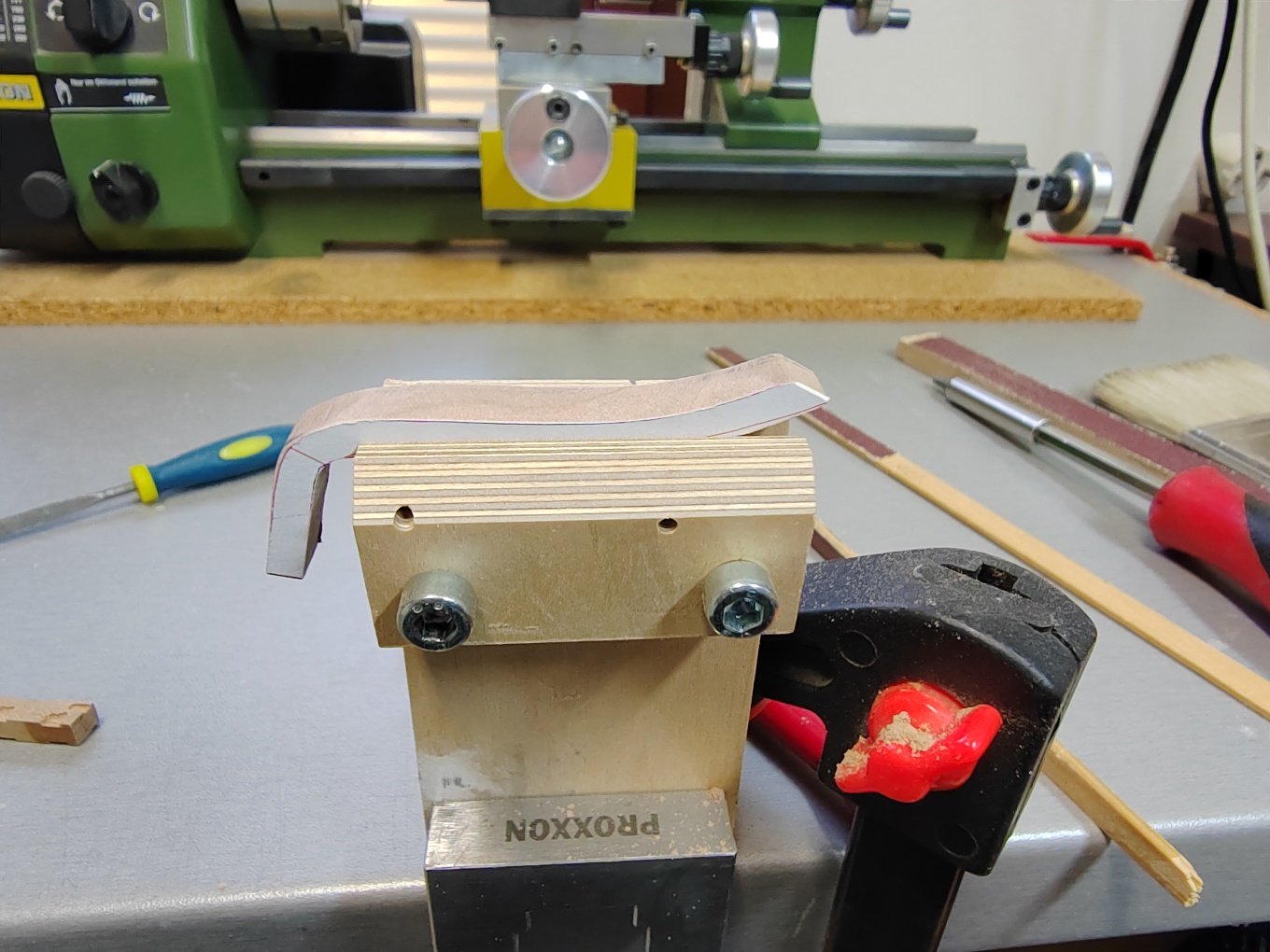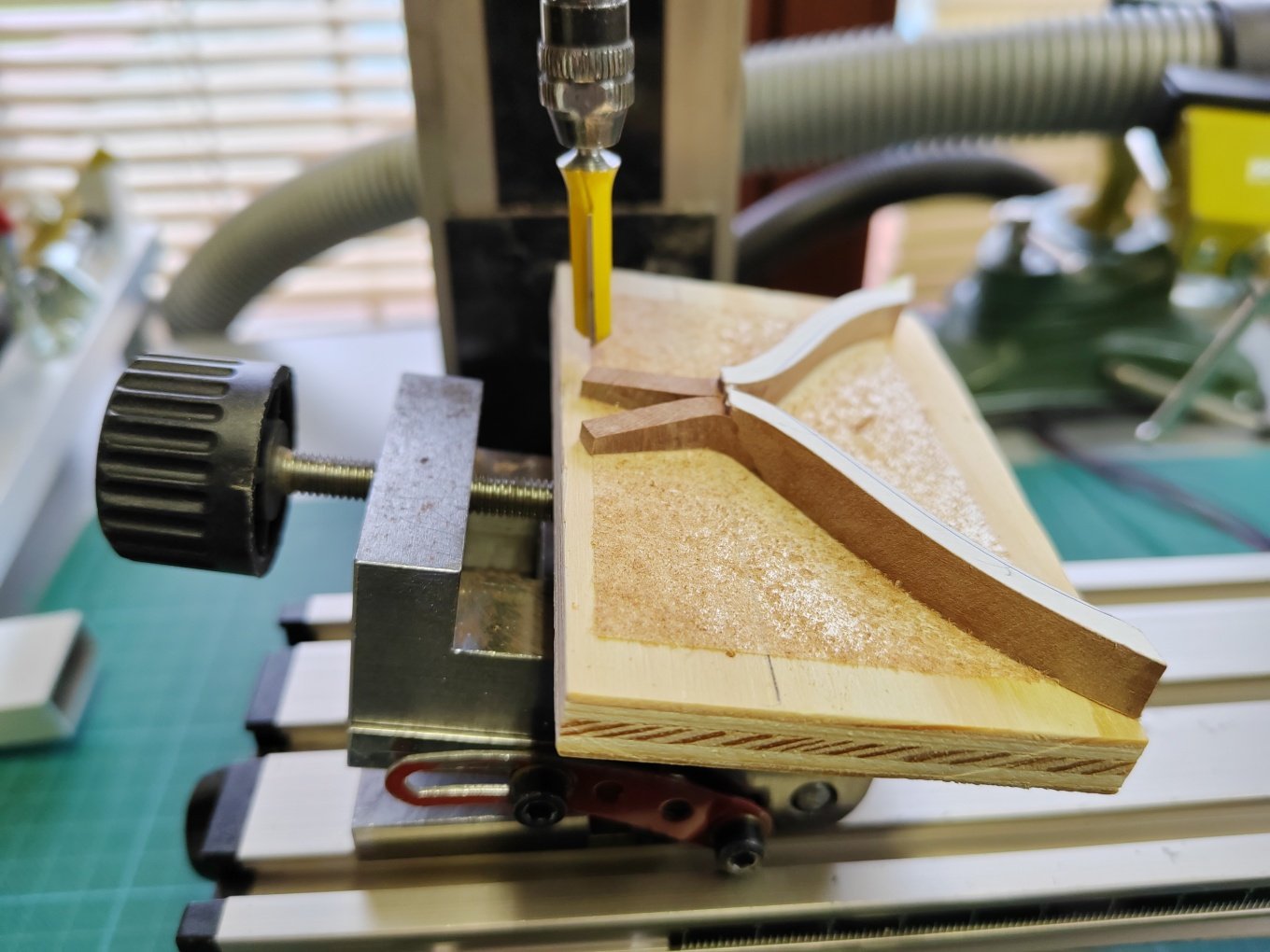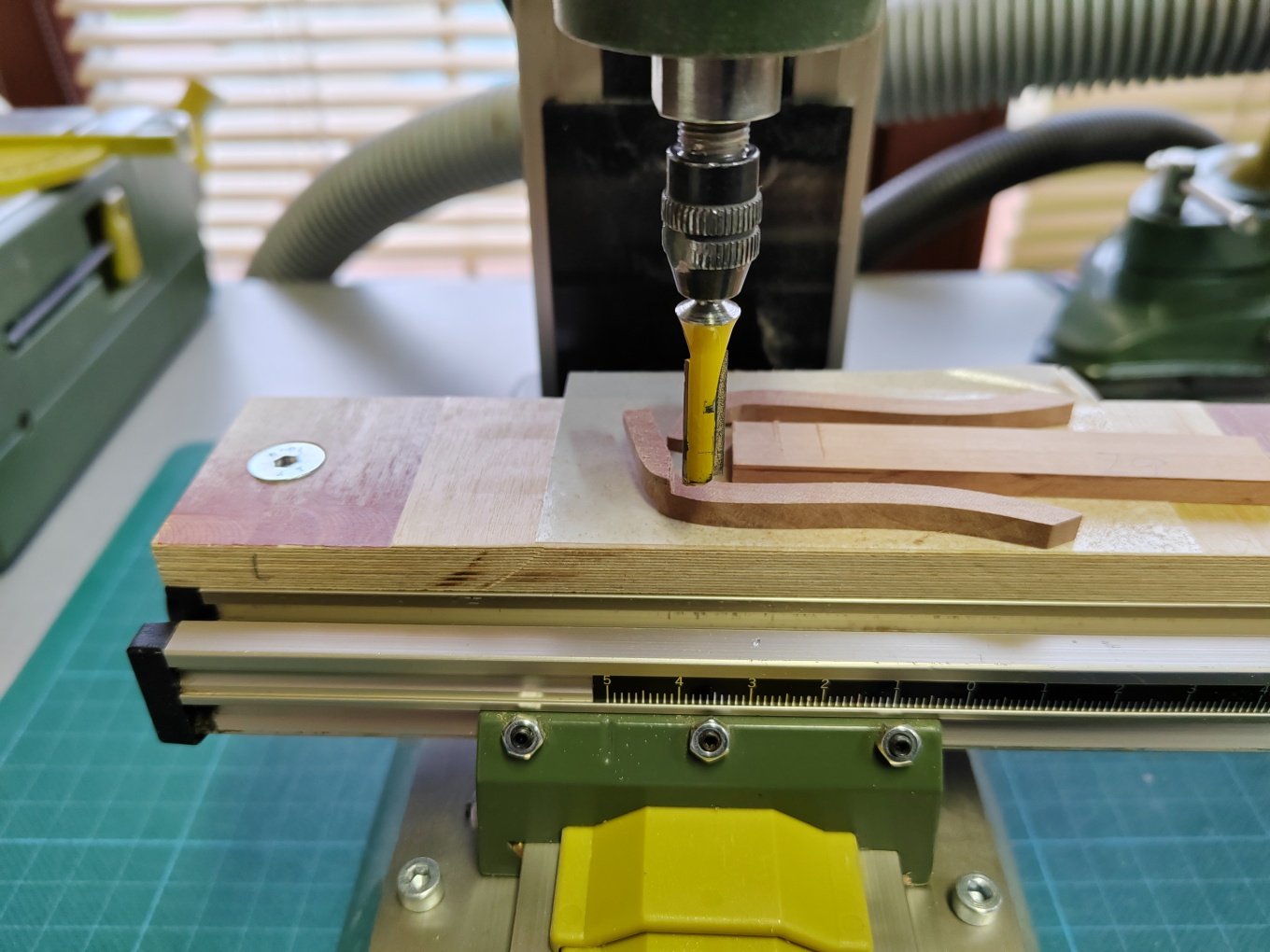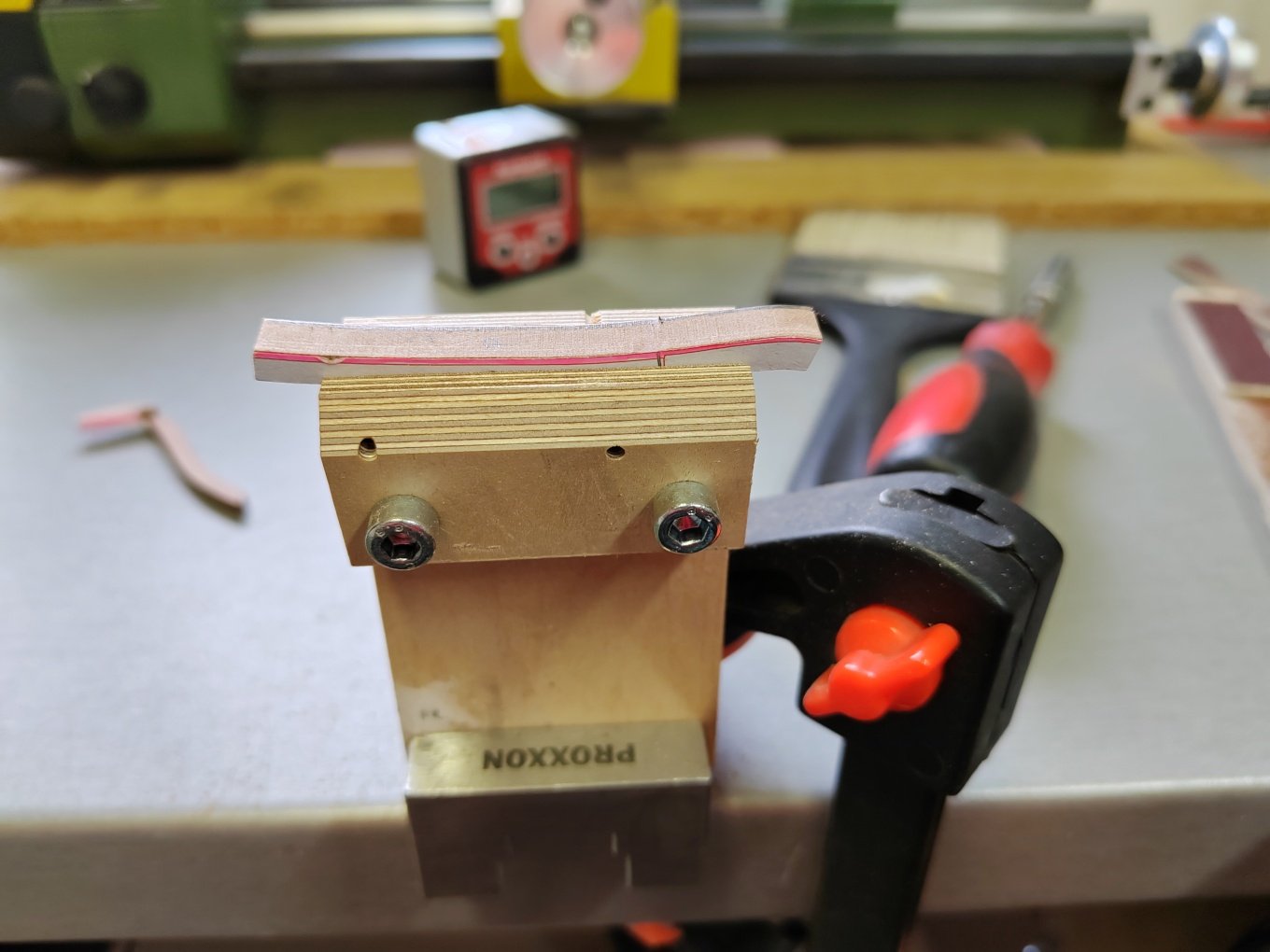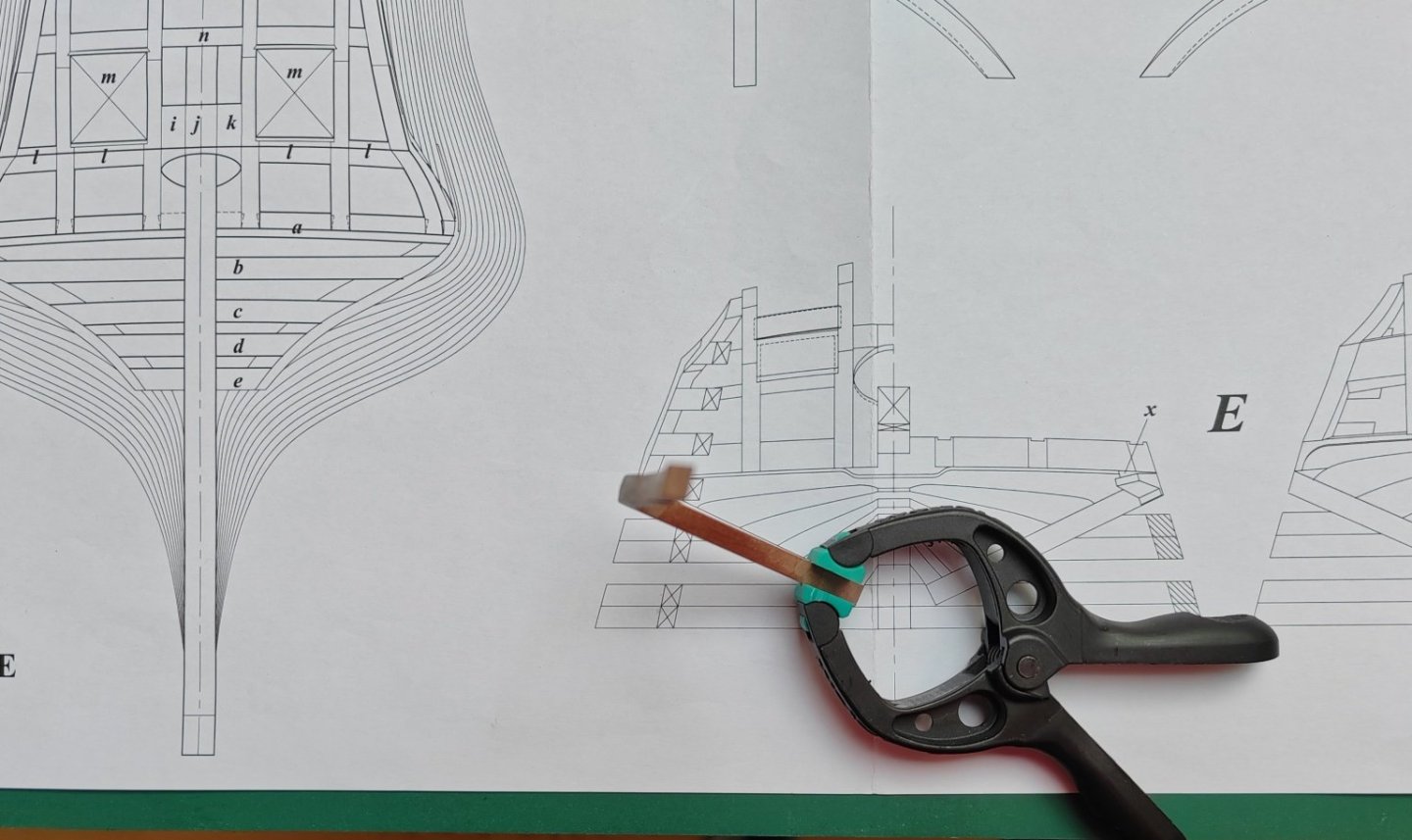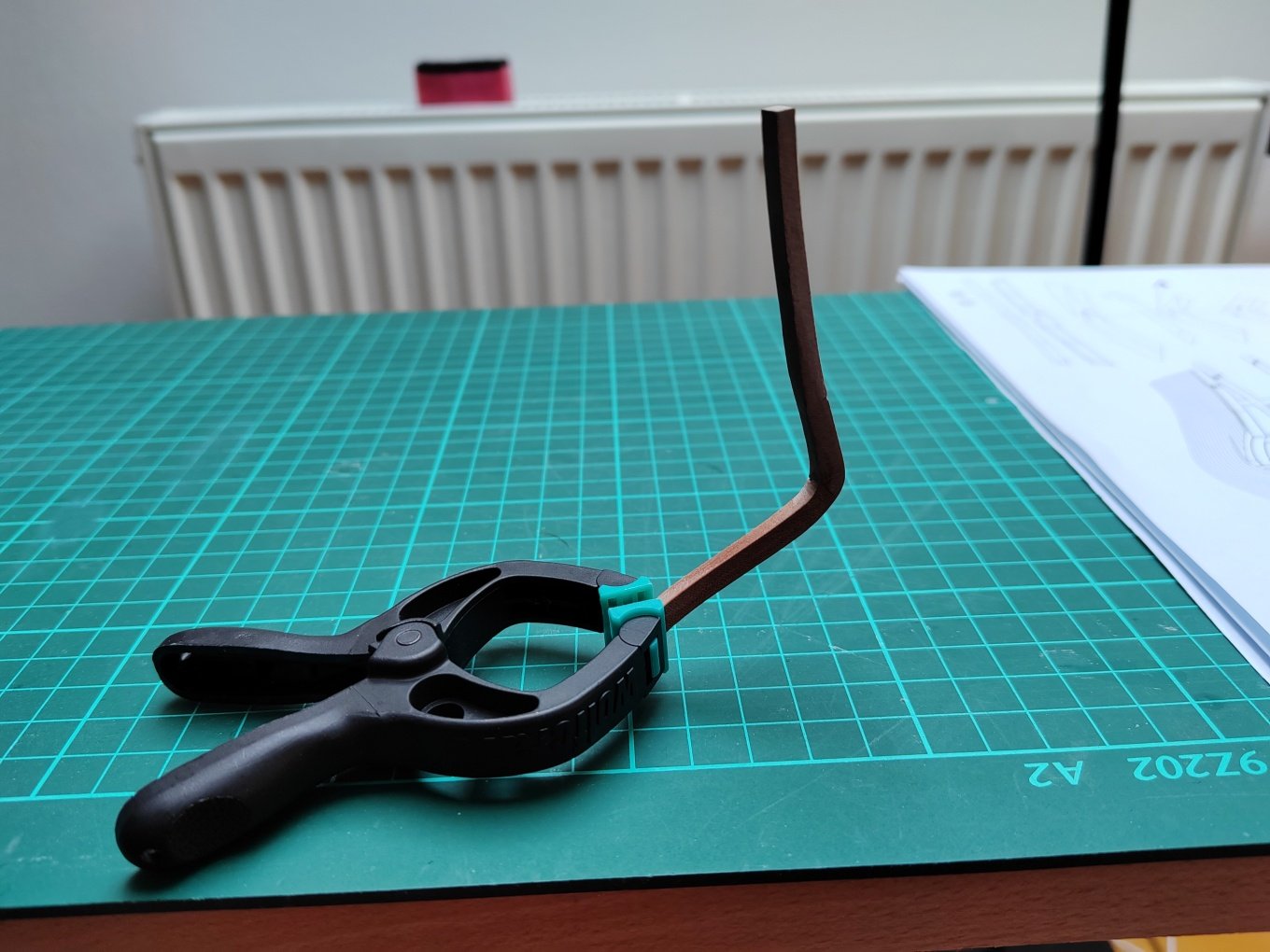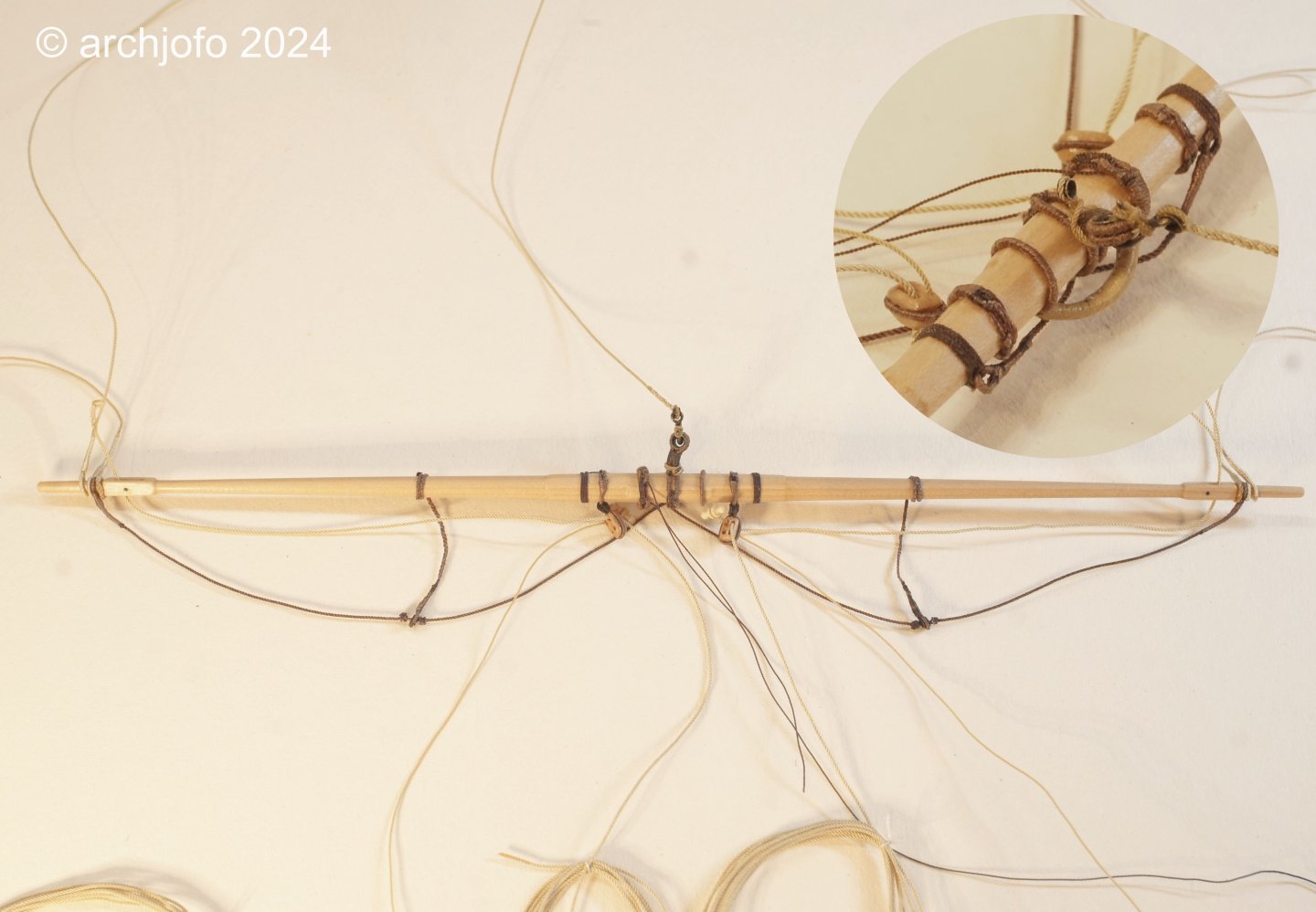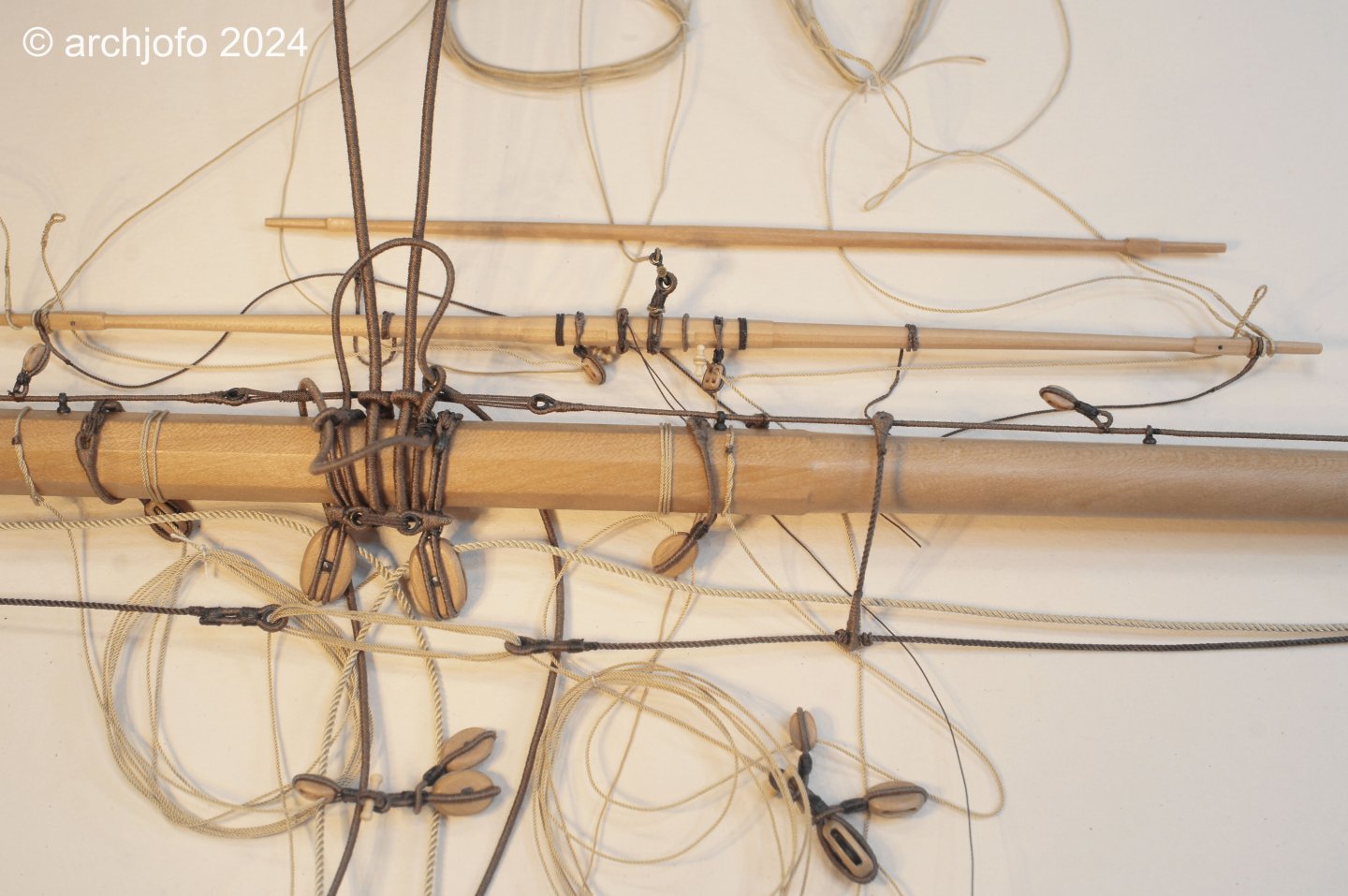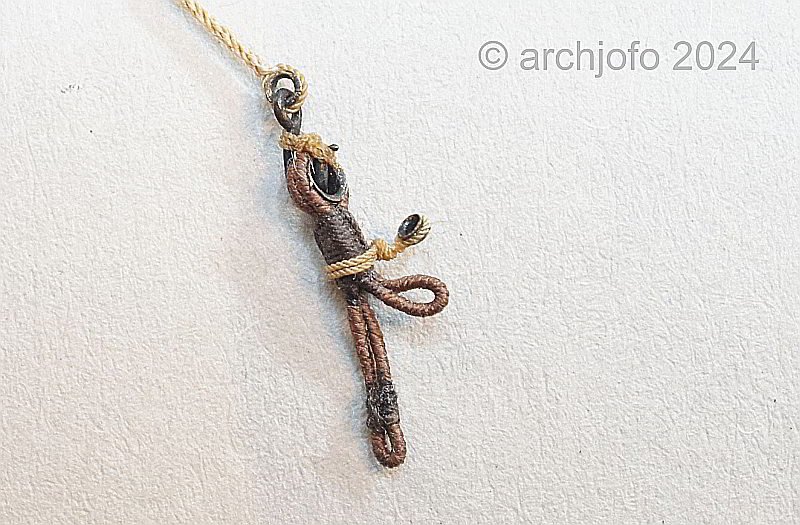All Activity
- Past hour
-
 daHeld73 reacted to a post in a topic:
HMS Bellerophon 1786 by AON – scale 1:64 – 74-gun 3rd Rate Man of War - Arrogant-Class
daHeld73 reacted to a post in a topic:
HMS Bellerophon 1786 by AON – scale 1:64 – 74-gun 3rd Rate Man of War - Arrogant-Class
-
 daHeld73 reacted to a post in a topic:
HMS Bellerophon 1786 by AON – scale 1:64 – 74-gun 3rd Rate Man of War - Arrogant-Class
daHeld73 reacted to a post in a topic:
HMS Bellerophon 1786 by AON – scale 1:64 – 74-gun 3rd Rate Man of War - Arrogant-Class
-
 yvesvidal reacted to a post in a topic:
1972 Ford Sport Custom Truck by Knocklouder--FINISHED-Moebius Models, 1/25 scale
yvesvidal reacted to a post in a topic:
1972 Ford Sport Custom Truck by Knocklouder--FINISHED-Moebius Models, 1/25 scale
-
 yvesvidal reacted to a post in a topic:
1972 Ford Sport Custom Truck by Knocklouder--FINISHED-Moebius Models, 1/25 scale
yvesvidal reacted to a post in a topic:
1972 Ford Sport Custom Truck by Knocklouder--FINISHED-Moebius Models, 1/25 scale
-
 Rick310 reacted to a post in a topic:
Thermopylae by My Fathers Son - or as near as I can get it
Rick310 reacted to a post in a topic:
Thermopylae by My Fathers Son - or as near as I can get it
-
Thank you Mark, quirky as the AEG looks, it was a successful design, meaning, I saw stranger things flying, like pancakes (Chance Vought V-173) or the like. I can only admire the courage it must have taken to fly with these wood/tube/cloth/string crates with relatively unreliable engines in the dark of the night. Cheers Rob
-
 Katsumoto reacted to a post in a topic:
Sloop Speedwell 1752 by Chuck - Ketch Rigged Sloop - POF - prototype build
Katsumoto reacted to a post in a topic:
Sloop Speedwell 1752 by Chuck - Ketch Rigged Sloop - POF - prototype build
-
 Thukydides reacted to a post in a topic:
Sloop Speedwell 1752 by Chuck - Ketch Rigged Sloop - POF - prototype build
Thukydides reacted to a post in a topic:
Sloop Speedwell 1752 by Chuck - Ketch Rigged Sloop - POF - prototype build
-
Thank you Alan, glad you enjoyed the log. I benefitted so much of forum input myself, it´s a pleasure to give back a little. It´s not completely altruistic though, as it helps me to keep track of my builds and enhance learned techniques for myself as well. If you are about to enter the WWI plane building universe, I can tell you, it´s quite rewarding and not as complicated as it first looks. Kits of WNW quality help a lot due to thorough design. If you haven´t started exploring these kind of builds, it might be best to start with a German WWI fighter. Less rigging and colorful liveries do help. Cheers Rob
-
I do think you can see the problem in post #74...the right ply gunport pattern looks a bit higher then the left. It's will be not symetrical when you place the stern window etc, but maybe you can shave off here and there some of the top right. You never see both sides at once, so maybe it wouldn't really be noticable
-
Greetings! Whenever I order stuff from Poland, I like to max out the order that can be sent at a certain shipping price point. That means that for my last order from WAK, received just this week, I was able to slip WAK's latest release into my cart. It's a Salmson 2 A.2, a French two-seat observation plane used in the last year of the Great War. First Squadron of the US Air Service also operated the type. The kit is designed by Maciej Lewan and features very nice artwork done by Marcin Dworzecki. A little skimpy on the diagrams, but hopefully enough to get the job done. Of course I also ordered the requisite laser-cut frames . . . . . . as well as a pair of resin Lewis guns for the observer's twin mounting. Okay, so you might be wondering why I decided to start this build when I just finished the Hurricane and had started back on Phoenix. Well, I'll tell you why. I blame this wholly on WAK. I checked the inside front cover to see if there was any information about the aircraft depicted in the kit, and there I saw the following (in English, no less): Yup, the plane was "piloted by A.J. Coyle." That did it. Hot new release . . . chance to be one of the first to build it . . . pilot with the same surname as myself (and it's not a common one) . . . the kit fairly screamed "build me NOW!" So I caved. BTW, I have not yet been able to determine if Capt. Coyle and I are distant relatives, but I have an extensive family tree, and he's not in it, so I suspect we are not. Oh, well. Capt. Arthur John Coyle (standing), with Lt. A.E. Easterbrook. Anonymous unknown author, public domain, via Wikimedia Commons. I may try to build this concurrently with Phoenix, or I might not. I'll just have to see how it plays out. Plus, I have another project on my radar. 😬 So many projects, so little time!! Cheers!
- Today
-
Got the two long pieces of veneer on the upper hull attached. Because these pieces are so wide, they are terribly unforgiving of any error in hull fairing, and that point is made apparent toward the bow. Here you can see that the natural curve of the veneer creates some small pockets where too much material was removed during the hull fairing process. You can't simply smash these down, because that will cause the veneers to buckle. Nor can you simply ignore them, because doing so will cause the wales (the next belt of planking) to sit too low relative to the upper veneers. Nope, I'm gonna have to add some material in those areas to raise the surface slightly and allow the wales to sit level with the upper hull veneers. An unwelcome task, but necessary. In the meantime, I may be hitting the pause button yet again on this build, for reasons I'll discuss in a separate topic. 😮 Don't worry -- nothing bad!
-
Frank, kinda, see the below. The way I understand the explanation, it depends on how the sails are rigged whether it's a yard or spar. https://en.wikipedia.org/wiki/Yard_(sailing)#:~:text=The spar at the head,the original square-rig yard.
-
The term spars includes both masts and yards.
-

Brig Le FAVORI 1806 by KORTES - 1:55
Keith Black replied to KORTES's topic in - Build logs for subjects built 1801 - 1850
Beautiful ship's boats, Alexander. -
Update made the updated forecastle bulkhead and support for the front mast, also the seawater tight access doors. The mushroom-anchor chain end will be connected to the ringspring buffer element on deck Nils
- 156 replies
-
- lightship
- Feuerschiff Elbe 1
-
(and 1 more)
Tagged with:
-
L'Amarante by marsalv - 1:36 - POF
marsalv replied to marsalv's topic in - Build logs for subjects built 1501 - 1750
Now it was the turn of one of the more complicated parts, which I didn't really want to do - the fashion piece. -
Frank Burroughs started following spars and yards?
-
Are these terms interchangeable?
-
Thanks Kurt - I am going to put Sphinx on the shelf for now. I have another small Vanguard kit that I am going to work on while I consider my options here other than starting over with a new kit and throwing out all the stuff I won't need/use (although having a second set of parts is not necessarily a bad thing).
-
Continuation: Equipping the mizzen topgallant yard - Vergue de perruche After the small mishap, as reported, I have now made a new mizzen topgallant yard and fully equipped it. This means that the topgallant yard chapter can be put to bed until it is installed on the model. Here is a picture of the finished mizzen topgallant yard. And another picture with the tye. The next picture shows different yards of the French corvette in size comparison. In the center you can see the mizzen topgallant yard. Above it is the mizzen royal yard and finally the middle section of the main yard is shown below. The next step is to equip the royal yards with the necessary rigging elements. Then I'll finally have finished fitting out the yards. To be continued ...
About us
Modelshipworld - Advancing Ship Modeling through Research
SSL Secured
Your security is important for us so this Website is SSL-Secured
NRG Mailing Address
Nautical Research Guild
237 South Lincoln Street
Westmont IL, 60559-1917
Model Ship World ® and the MSW logo are Registered Trademarks, and belong to the Nautical Research Guild (United States Patent and Trademark Office: No. 6,929,264 & No. 6,929,274, registered Dec. 20, 2022)
Helpful Links
About the NRG
If you enjoy building ship models that are historically accurate as well as beautiful, then The Nautical Research Guild (NRG) is just right for you.
The Guild is a non-profit educational organization whose mission is to “Advance Ship Modeling Through Research”. We provide support to our members in their efforts to raise the quality of their model ships.
The Nautical Research Guild has published our world-renowned quarterly magazine, The Nautical Research Journal, since 1955. The pages of the Journal are full of articles by accomplished ship modelers who show you how they create those exquisite details on their models, and by maritime historians who show you the correct details to build. The Journal is available in both print and digital editions. Go to the NRG web site (www.thenrg.org) to download a complimentary digital copy of the Journal. The NRG also publishes plan sets, books and compilations of back issues of the Journal and the former Ships in Scale and Model Ship Builder magazines.





